|
'If you don't like the weather', goes the Hebridean saying...'try further up the road'. What really suits the oil painter and pastel artist about the weather in the Western Isles is how quickly and dramatically it changes. With each shift in the climate new possibilities for composition, colour and light are revealed and both these media work wonderfully well as vehicles for suddenly emphasising or intensifying colour or a light effect. I've just spent 3 excellent weeks working and on holiday on Berneray and what weather we had...including the storm that cancelled the ferries. I was lucky to be able to share my time between developing drawings and paintings in the garden studio and, among other activities, swimming in the sea with my family. We also had another couple of sessions stacking our friend's peats to dry in the island breeze. Some of the smaller plein air pastel studies that I produced sitting on the dunes looking across to Harris and Pabbay will be on show together with a range of figure drawings and pastel paintings at The Christian Community, 21 Napier Road, EDINBURGH EH10 5AZ for the month of September. There is a private view on Friday 2nd September, 7 -9pm to which all are welcome. www.damiancallan.com/events
0 Comments
I can't imagine a more ideal studio: overlooking the bay - which is itself a favourite haunt for the local seal population - and across the garden from the house, so that I can work first thing in the morning when everyone is in bed and then whenever there's a moment during the day to develop, or just look at some work. I'm really looking forward to these three weeks when I will be building up a series of drawings and paintings of the crofter cutting and drying his peats. The studio will be open to the public at the start (9 - 10 am) and finish (5 - 6 pm) of each day - for anyone who might be interested in seeing the work in progress. I am also hoping to do a lot of plein air painting of the extraordinary surroundings and plan to use these studies in developing the peat paintings.
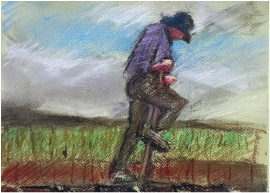 It was getting the soft, brown peat all over my hands and fingers that made me want to draw with it. Artist often worry about managing to match the colours they observe in the world around them - taking handfuls of the stuff itself and even diluting it with water meant there was no need to mix the true colour. I had made the long journey from Edinburgh to the Western Isles to spend a day on a friend’s peat bank where I observe, draw and photograph him cutting next year’s supply of peats. Although I was hard at work drawing, I had to lend a hand with the back breaking lifting and laying peats out to dry. As my fingers sank into the soft, rich brown substance, it seemed only natural to want to spread it over my paper and attempt to draw and sculpt the shapes of the working man in front of me. The resulting sketches were often incomplete as the peat cutter moved through the motions of his work - the repetitive nature of the task meant drawings could be worked on again with each new bit of information about the particular pose. Their incompleteness and the natural feel of the diluted peat medium has given me some ideas about how these effects could be translated into oil paint - to capture not only this 21st century crofter cutting his peat, but also something of the elusive atmosphere of this tradition of days of old.
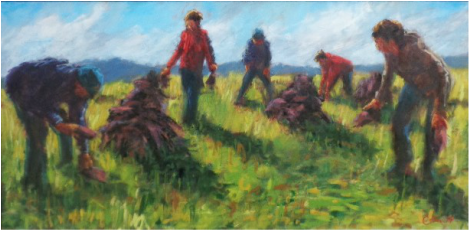 'Painting the Peats' began as a project two summers ago when my family and I helped our crofter friend Chris Spears stack his peats at his peat bank on North Uist. The experience resulted in a series of ink and wash studies combining working figures in the Hebridean landscape and these were then developed into oil paintings. This coming week I will be returning to the Outer Hebrides to coincide with the cutting of next year's peat and to observe, draw and photograph the crofter at work. I will also take the opportunity to record something of his Saturday shift as the local postman. During the month of August I am going to be based on the Island of Berneray, Chris's home, where I plan to develop this new work in a 'Painting the Peats Studio' which will be open to visitors who are interested in observing this process and who would like to see some of the work in progress. Look out for a forthcoming journal/blog 'Cutting the Peats' where I hope to produce some visual documents of my journey north and of the crofter at work. What is it about children and animals? For several years I have had the good fortune to accompany groups of children to places such as Gorgie City Farm, Edinburgh Zoo, Chambers Stret Museum and Deep Sea World. There I have endeavoured to guide them in drawing the various creatures on display. This is of course much easier at the museum where the beasts are stuffed and therefore static; but actually not as difficult as you might think at the other locations where the animals are active and moving. Here the children quickly get into the habit of watching their subjects and will often begin several different versions of them and add more and more details as they see and understand what's needed to complete the drawing. The most recent course on 'Animal Masks' began with drawing at the museum and then continued with the building of papier mache masks in the studio over the next two days. The next children's art course will be the Summer Art School in July, entitled 'ZOOMANIA!'. This will involve 2 days drawing at the zoo, a morning at the museum and the rest of the time ion the studio in Dalry painting from sketches, printmaking, sculpting with recycled materials and book binding from the first days' sketches. See Summer Art School for more information
A day at the races, the sun shining on this amazing event which is a bit like a circus that appears from nowhere. An astonishing spectacle of beautiful horses and brightly coloured riders flashing by. A dream for every artist?...well there are challenges of course in this fantastic subject matter - the beasts move at such a speed when they race, that you can barely capture them with a camera, let alone a pencil, (even a pastel pencil). Any tips? Something to do with form? Well, happily there is an opportunity to view the horses and riders in the paddock prior to each race when they parade around for 10 minutes or so. First choose an angle to draw the horse from; side on, or approaching etc. Then draw some rapid flowing lines with a pastel pencil - or use the side of a chalk pastel to block in a basic shape or volume. Then as each horse passes at the same angle add some details to your drawing; make a composite horse built up from each new bit of information you discover. Also, don't overdo the legs...pinning them down in too fixed a way is counter productive, they look strange and the horse will lose it's dynamism. Then fit a rider to the horse - jockeys wear large colourful hats, making the task of drawing a head a lot easier, and wonderfully patterned tunics that can't be overdone. At Musselburgh today the sky was blue and the course a vivid green, so last of all it was easy to refine the drawing with colourful negative shapes.
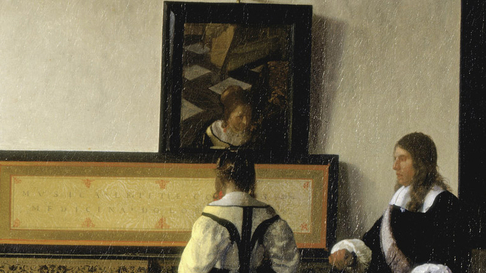 Researching the forthcoming drawing workshop at The Queen's Gallery (this Sunday, 1st May) I have been looking at the different sides of the debate regarding the use of a camera obscura by the great 17th Dutch painter Jan Vermeer whose masterpiece The Music Lesson is the central exhibit in the current exhibition at Holyroodhouse. In brief, many artists have over the centuries employed lenses, mirrors and optical devices to project an image of their subject on to the canvas as a means of drawing and then painting more precisely. The issue can be controversial as for some this approach can seem like cheating. Most recently David Hockney has written about and demonstrated the use of lenses/mirrors by artists as early as the time of the Renaissance in his book Secret Knowledge, much to the disagreement of art historians who say that in many cases there is no documentary evidence recording the use of such apparatus. To which Hockney responds that artists have always jealously guarded the tricks of their trade and wouldn't necessarily publicise such secret knowledge. Hockney's examination of artist such as Holbein and Ingres is pretty convincing as he demonstrates distorted perspective, inconsistent proportions caused by refocussing lenses and even a predominance of left-handed people a result of the reversing effects of mirrors and lenses. Vermeer's case is tantalisingly ambivalent: his friend was a lens maker, his still life elements portray out of focus and halo-like light effects only seen via lenses and mirrors, his draughtsmanship is exceptional precise. But on the other hand at the time of his death he is not recorded as having owned a camera obscura and his accuracy in perspective could also be explained by the use of string to generate straight lines leading from a vanishing point and many of his canvases have been examined and reveal pin-pricks exactly where the vanishing points would be. On Sunday 1st May the Drawing Workshop The Art and Science of Vermeer will begin at the Camera Obscura at the top of the Royal Mile and allow participants to actually use this 'dark room' to make some precise drawings of Edinburgh Castle and The Royal Mile and then explore how to develop these into works in colour. The day will continue down to The Queen's Gallery with a tour of the current exhibition and further experiments on how lenses and mirrors can inform the accuracy of the drawing process. I'm looking forward to this unique opportunity and hoping I may be able to come to my own conclusions about Vermeer's painting process! To book a place visit : https://www.royalcollection.org.uk/event/creative-course-drawing-workshop-art-and-science-of-vermeer 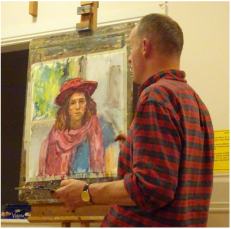 Paint Like Renoir demonstration at Falkirk Art Club Paint Like Renoir demonstration at Falkirk Art Club Some people hate being watched while they draw or paint, but I have to admit that I love it. There is an excitement and drama about having to resolve a piece of work in front of an audience that sometimes makes me think that I can do better, or perhaps more inspired work, in public. The difficulty is of course replicating those conditions in the studio. Should I have an open doors policy and let people wander in off the street to offer comments and spur me on to making good decisions? Hmm... maybe not. Certainly working directly from a model for a portrait , or from the place itself for a landscape can come close to that sort of 'pressure' that I find helpful. So therefore I shall definitely be looking forward to tomorrow evening (Thursday 14th April) at The Riccio Gallery, Dalkeith, where I will find myself demonstrating a pastel portrait painting of my son Yvan in front of an assembled audience. I intend to show some of the approaches used by Degas in his richly coloured and textured pastel paintings and hope to cover some of the ideas illustrated in my book Paint Like Degas which will be available on the evening. The gallery also has about 45 drawings and paintings of mine on display for another week or so. Visit: http://www.ricciogallery.com/original-art-framing-photo-services to book your seat now. Its a lot of fun teaching the Monday course 'Locations and Portraits' (also known as 'Sketchbook to Canvas'), a class where drawing and painting meets Open Doors as the group goes behind the scenes in and around Edinburgh to sketch their model in different settings. The model holds 30 minute poses and the students work in charcoal, ink & wash and pastel attempting to capture the pose and something of the location. Location days alternate with studio sessions where the students work on a single composition , combining the single pose for the day with ideas and information in the sketches to develop a figure composition in oil paint or pastel. Memorable experiences on location include The Festival Theatre where our dancer model gave way to the Japanese Drummers in full blooded rehearsal, Port Seton where a local commented to our model dressed very convincingly as a fishwife on the quayside that his wife had a similar costume at home in the wardrobe, the airport trolley guy who waited patiently for the model's 30 minute pose to end before asking,'Can I take that for you Madam', not noticing the bank of artist behind him busily sketching the scene, Newtongrange Mining Museum where the technicians who were about to return a manikin figure to the points box as part of a convincing scene of the mine at work, were baffled to see it was already back in place...only to realise it was in fact a real person in the shape of our model posing. Other wonderful locations have included The Secret Herb Garden, Drumsheugh Baths, The Nomads Tent, Lyon and Turnbull Auction Rooms and Playfair Library. Next term's course begins Monday 11th April and will include a trip to Musselburgh Races, Midmar allotments and the Union Canal.
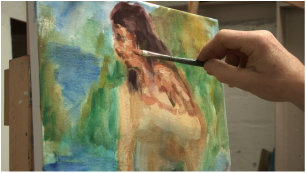 Damian Callan painting- (c) - EXHIBITION-ON-SCREEN-2 Damian Callan painting- (c) - EXHIBITION-ON-SCREEN-2 Watching Phil Grabsky's new documentary on Renoir, Renoir - Revered and Reviled, I felt a little like I've felt waiting for one of my children to say their lines in a school play - I couldn't really enjoy the film until my bit had passed and there were no fluffed lines. In spite of this I have to say it is a beautiful film where the camera's ability to go close to the surface of a painting and explore the beauty of colour and texture was combined with a wonderful soundtrack of 'Songs of the Auvergne'-type singing by a female vocalist. Renoir's biography is neatly told by excerpts from his son's account Renoir My Father read by an actor with an authentic accent and accompanied by footage of Paris, the countryside near the city and the South of France on screen. There is also and introduction to The Barnes Foundation in Philadelphia - Barnes was a millionaire chemist who collected 181 Renoirs directly from his dealer and they hang alongside fellow Impressionists as well as artists who were deeply influenced by Renoir's late work, such as Matisse and Picasso. Running through the film is an argument about just how Renoir should be judged, particularly in relation to his preferred motif of the young female nude - Old Master or self indulgent sexist. Revered or reviled? #eosrenoir |
AuthorDamian Callan is a practising figurative artist and tutor based in Edinburgh. Archives
December 2020
Categories |
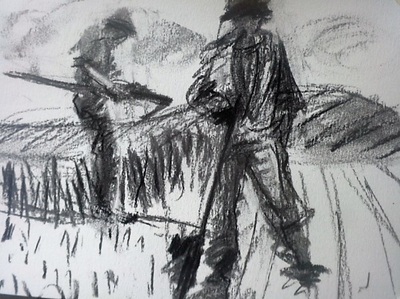
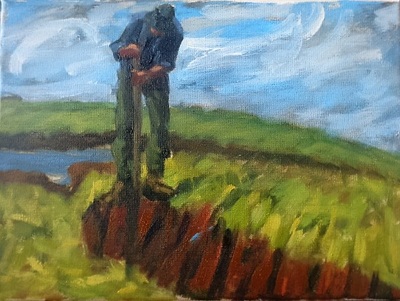
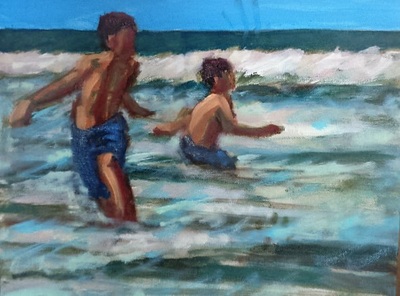
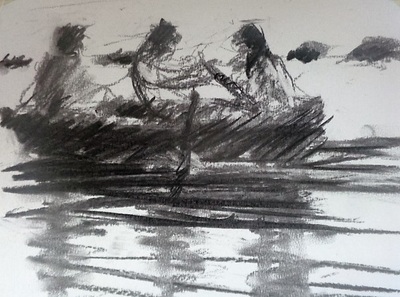
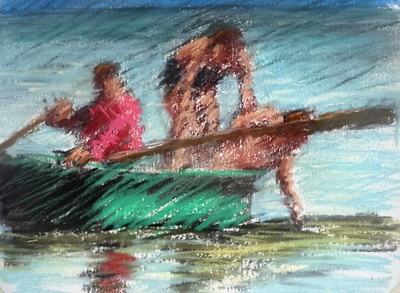
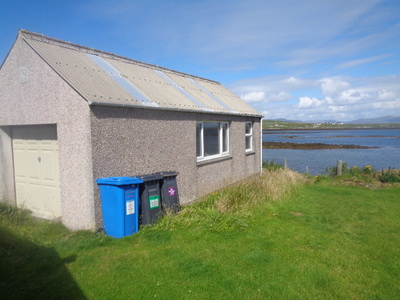
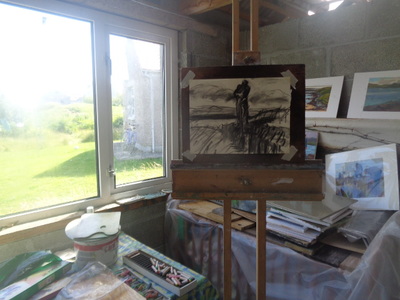
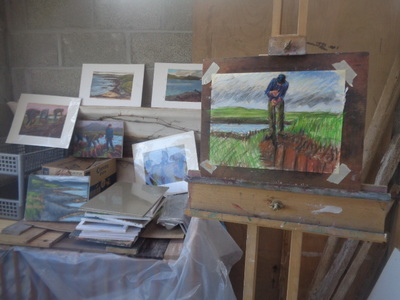
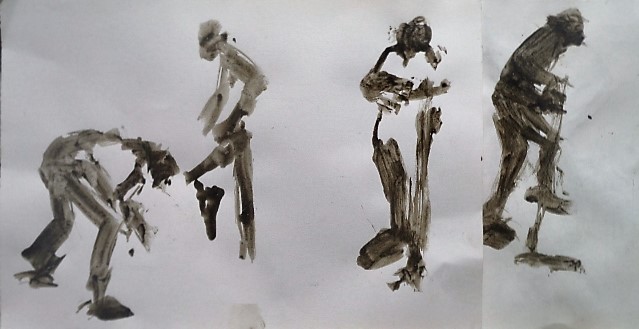
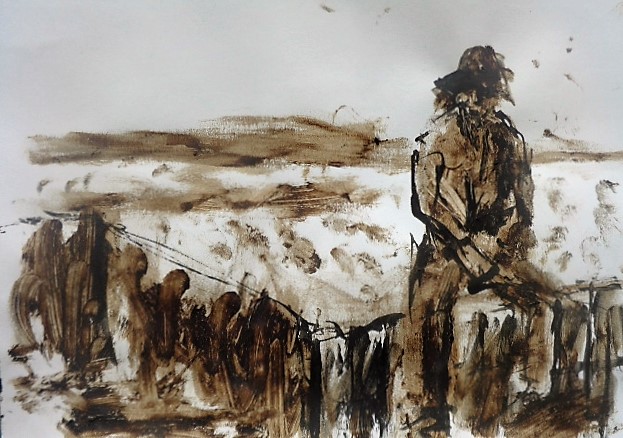
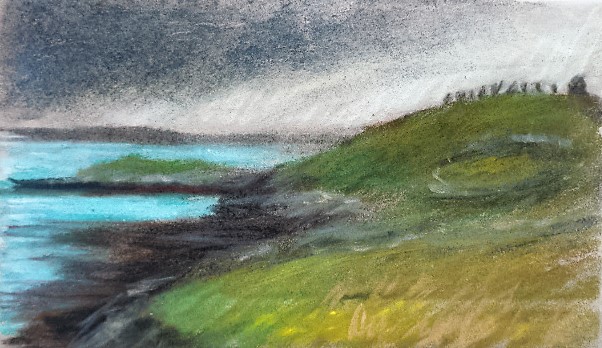
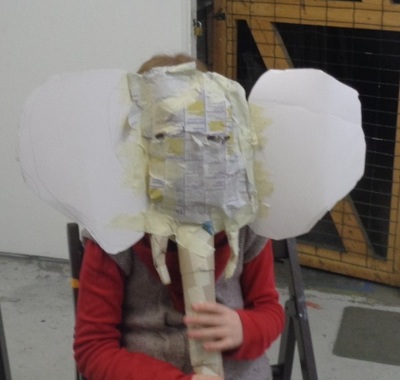
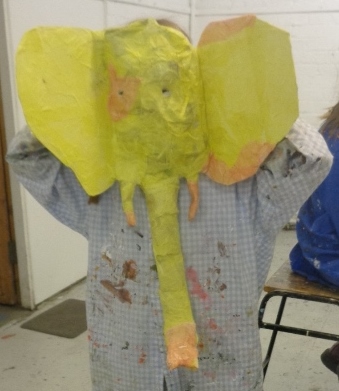
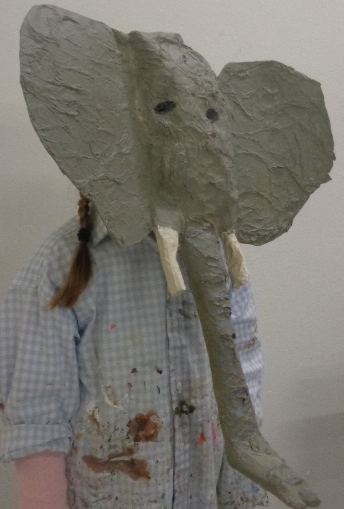
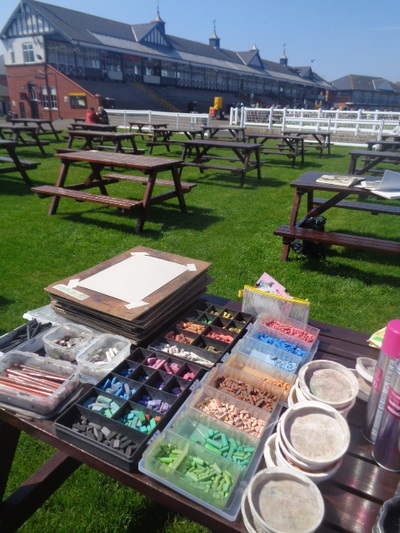
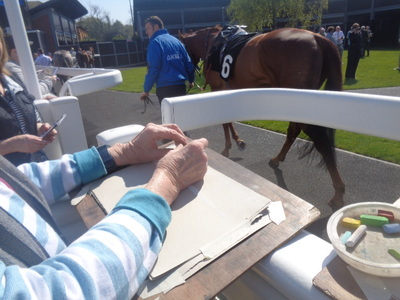
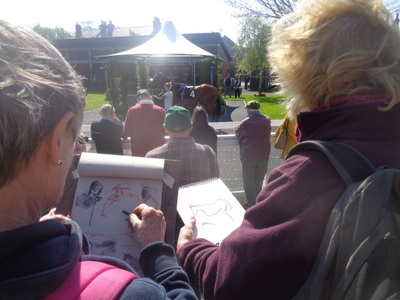
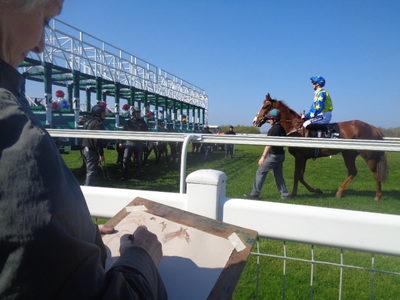
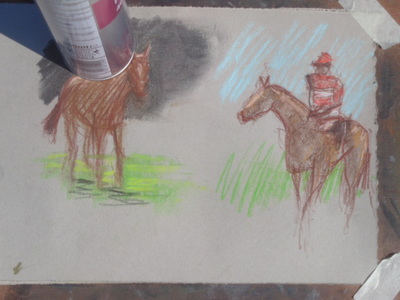
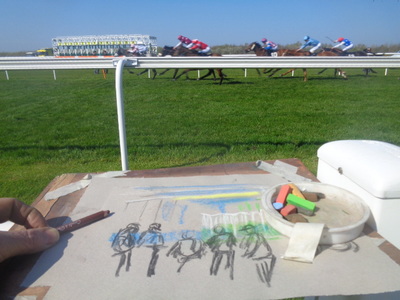
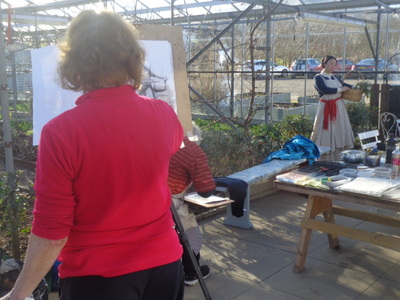
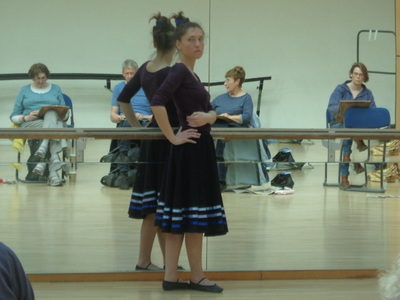
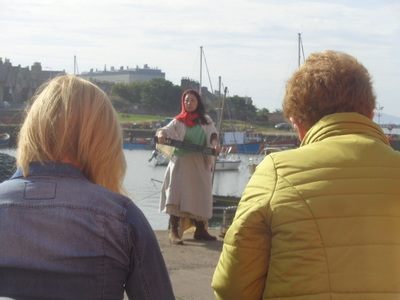
 RSS Feed
RSS Feed